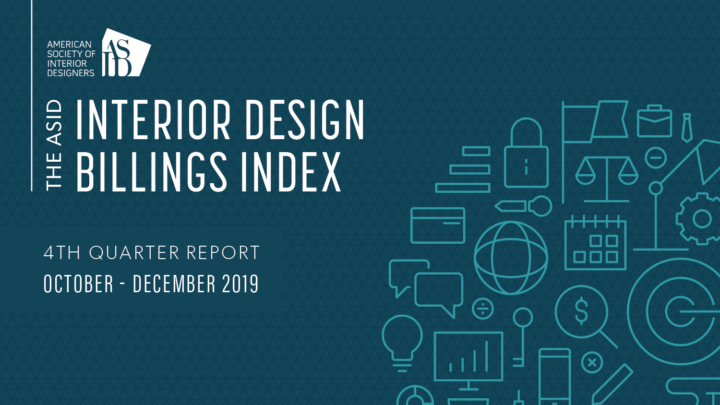Personalized Learning, Personalized Space

Transform Grant Research Project
Title: Personalized Learning, Personalized Space
Research Team: Upali Nanda, Ph.D., Assoc. AIA, EDAC, ACHE; Giyoung Park, Ph.D., AIA, LEED AP BD+C, Fitwel Ambassador; Angela Ramer; Jon Bailey; Timothy Logan; Jonathan Essary
Institution: Center for Advanced Design Research and Education (CADRE)
Sponsors: Herman Miller, USG
Research Summary
The CADRE research team developed a sensory design lab to track psychophysiological changes in a controlled space, specifically enabling the analysis of the effects of interior elements on students within a learning environment. The 10’ x 10’x 8’ agnostic prototype was installed in the Dallas Independent School District High School that supports personalized learning, and allowed for 30-minute study sessions with groups of up to three students tracking sound, light, temperature, humidity, participant location, movements, and heart rate. Behavioral data was collected manually, and a personalization index offered a means for assessing degrees of personalizing the space.
Students in groups of three personalized the space more than smaller groups, and chairs were preferred over stools. Students who faced the entrance reported higher self-achievement than students facing the back wall. Chairs were preferred to stools, and stools were used as an additional surface for belongings. Participants often leaned back while seated. Although not varied for this experiment, sound levels were most salient of the environmental variables, which changed mainly due to conversations and ambient noise. Higher mean sound levels were correlated with smaller reductions in anxiety levels and lower achievement. Anxiety noticeably lowered between participants’ initial states and concluding ones. Higher temperature and higher mean sound levels were associated with higher heart rate despite there being no direct correlation between anxiety levels and heart rate. Greater fidgeting was associated with low minimum sound levels and with greater reduction in anxiety levels, but not with greater achievement.
Having visual prospect can contribute to cognitive performance; therefore, sufficient space allowing seating orientation change and a view can be beneficial. Larger groups’ greater degrees of personalization suggest that personalizable space may be more desired when in groups. There may be an optimal range of sound levels in cognitive performance—not too loud which can cause anxiety, but also not too low that can cause students to feel restless. Learn more about Transform Grants.


